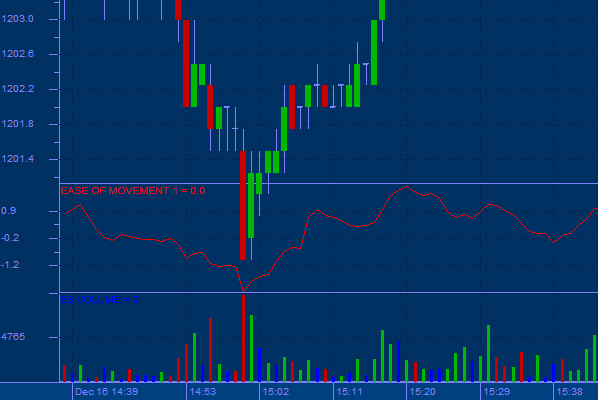
Ease Of Movement
The Ease of Movement indicator shows the relationship between volume and price change over the user-specified number of periods. It was developed by Richard W. Arms, Jr. It calculates the ease at which prices are moving. The larger the price move and the lighter the volume, the easier the movement.
High Ease of Movement values occur when prices are moving upward on light volume. Low Ease of Movement values occur when prices are moving downward on light volume. If prices are not moving, or if heavy volume is required to move prices, then the indicator will also be near zero.
Usage:
It highlights the relationship between volume and price changes and is particularly useful for assessing the strength of a trend. The Ease of Movement indicator produces a buy signal when it crosses above zero, indicating that prices are moving upward more easily; a sell signal is given when the indicator crosses below zero, indicating that prices are moving downward more easily.
The indicator shows:
-
high positive values when prices move upward on light volume;
-
high negative values when prices move down on light volume;
-
low values if price is not moving or if it takes heavy volume to move prices,.

